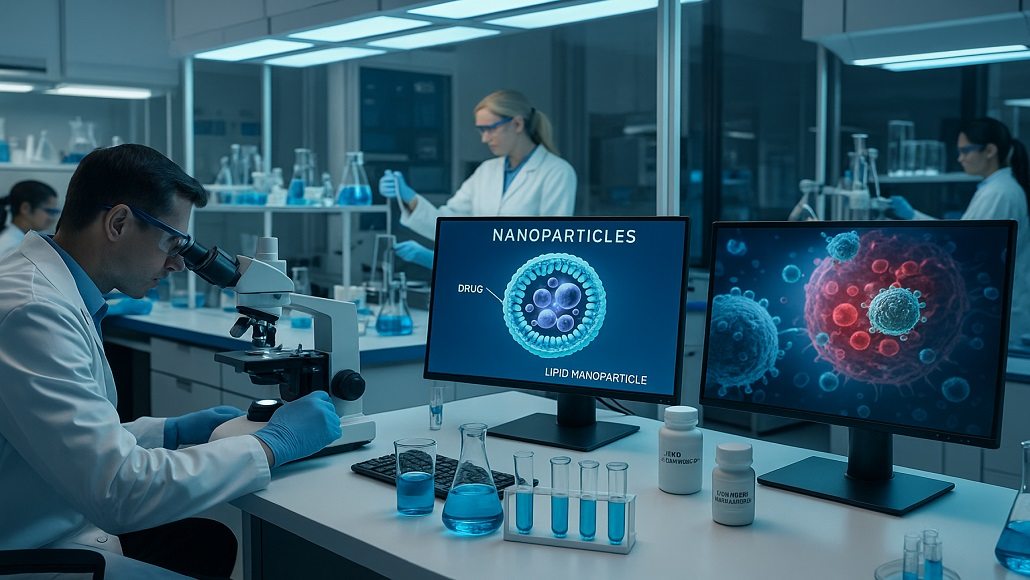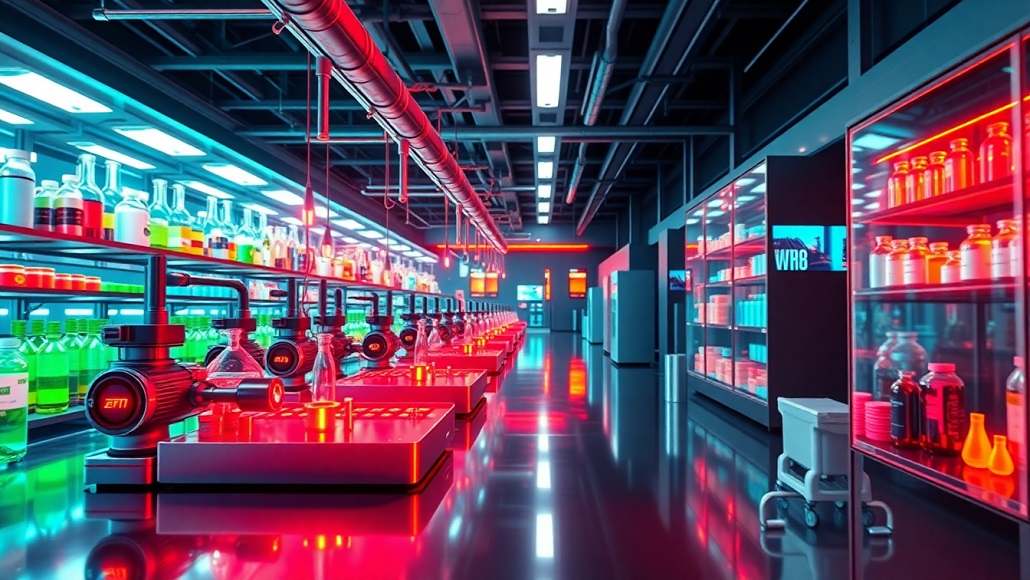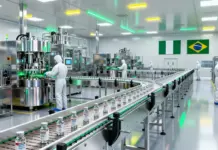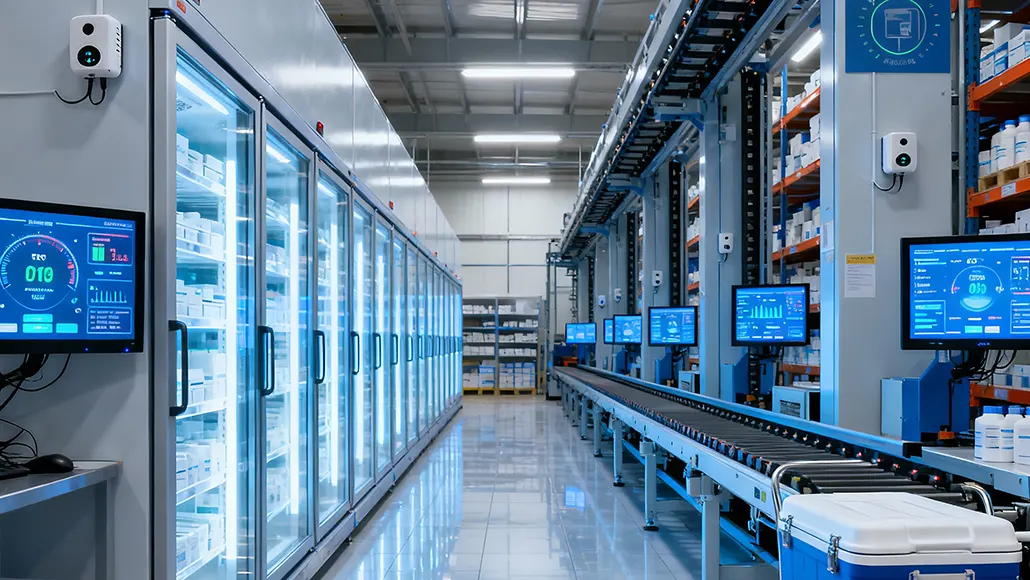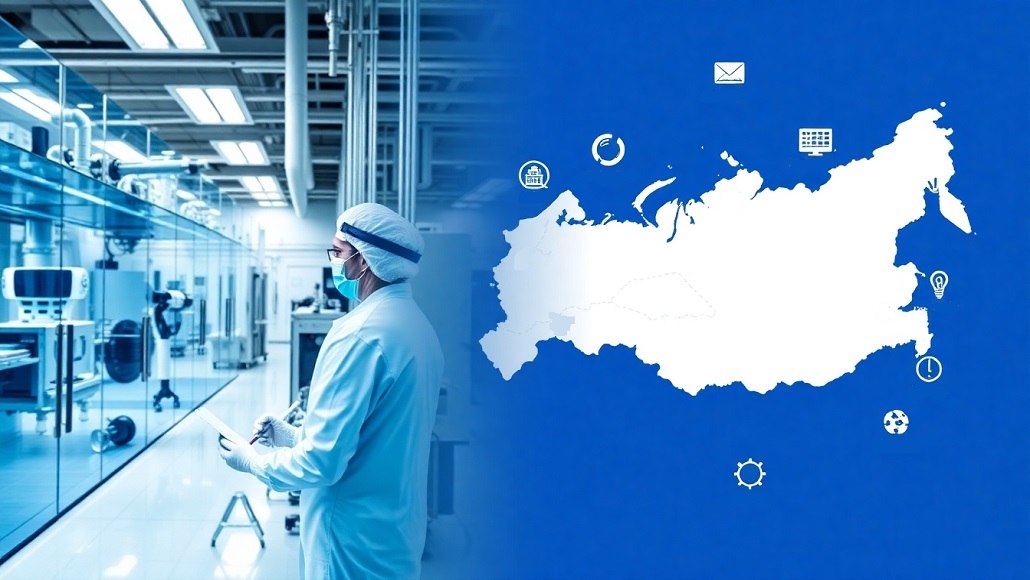In the years that have gone by, the biotechnology sector has seen fast globalization, which is marked by rising trends as well as investment opportunities in regions like Russia and Eurasia. Contract manufacturing organizations (CMOs) and major players in the biopharmaceutical supply chain have gone on to become a thriving force in the worldwide expansion as well as innovation of biotechnology production. Russia, as well as its surrounding Eurasian markets, due to their unique economic spectrum, regulatory structures, and scientific innovations, presents challenges as well as opportunities for CMOs operating within the biotechnology sector.
Let us look into the evolving trends of biotech CMOs in Russia and Eurasia, thereby shedding some light on the region’s rising significance within the worldwide biotech manufacturing ecosystem.
What are the opportunities for CMOs when we talk of biotechnology in Russia and Eurasia?
When we talk of Russia and Eurasia, which comprise countries such as Kazakhstan, Armenia, and Belarus, all have witnessed a notable rise in their biotechnology sectors over the past 10 years. This kind of expansion happens to be driven by rising healthcare requirements, advancements within life sciences research, and government-backed initiatives. Biotechnology apparently happens to play a very key role when it comes to addressing these demands, and CMOs are increasingly being called upon in order to bridge that gap between global market requirements and local pharmaceutical manufacturing capacities.
-
Expanding the biotech spectrum
The expansion of biotechnology in Russia and Eurasia is characterized by the transition from being import-driven markets to production-oriented hubs. Historically, the pharmaceutical sector within these regions had been heavily dependent on imported drugs as well as biologics. However, the economic pressures, teamed with geopolitical events and also growing costs of imports, have catalyzed a transition towards local manufacturing. The Pharma 2030 strategy in Russia highlights this kind of transformation, which prioritizes self-sufficiency and also incentivizes domestic production.
Apparently, CMOs are uniquely positioned in order to facilitate this shift, thereby offering their expertise and scaling up the production capabilities, making sure that the regulatory compliance as well as delivering cost-effective solutions is looked into. This kind of demand has led to a rise in partnerships between regional biotech firms along with international CMOs, especially the ones in areas such as biosimilars, vaccine production, and therapies related to immune oncology.
Significantly, CMOs bring not just infrastructure but also access to cutting-edge technologies, which are indeed very essential for successful manufacturing when it comes to intricate biologics as well as biosimilars. Their involvement makes sure that the newly developed therapies can as well go ahead and meet the stringent quality standards while at the same time remaining viable in an economic way.
-
Advocacy of the government
It is well to be noted that government support is a defining feature of the pharmaceutical landscape in Russia and Eurasia. Recognizing the requirement in order to boost the domestic production, governments across the region have executed a constellation of policy interventions, financial incentives, as well as regulatory reforms in order to attract investments within the biotech sector. Russia, for instance, has established itself as a leader when it comes to localization of pharmaceutical manufacturing by way of targeted initiatives like tax subsidies for biotech firms, grants when it comes to research and development programs, and also public-private partnerships in order to build GMP-standard facilities. There are similar efforts that are being witnessed in countries like Belarus and Kazakhstan, where governments are offering low-interest loans and seamless approval procedures along with infrastructure support to the biopharma companies as well as CMOs.
Interestingly, the harmonization of regulatory standards under the Eurasian Economic Union (EAEU) is indeed a game changer for contract manufacturing organizations that are operating within the region. By way of aligning the national standards along with global GMP protocols, EAEU member states have gone on to simplify the cross-border trade of pharmaceuticals by creating a unified market when it comes to biotech products. This has prominently decreased the barriers to entry for CMOs while at the same time offering them access to a larger consumer pool.
Table : Key Government Initiatives Supporting Biotech CMOs in Russia & Eurasia
| Country | Key Initiative | Impact on CMOs |
| Russia | Pharma 2030 Strategy | Encourages localization and innovation |
| Kazakhstan | State Pharmaceutical Development Program | Attracts international partnerships |
| Eurasian Economic Union | Harmonized GMP Standards | Simplifies regulatory approvals for cross-border trade |
Notably, all these initiatives collectively go on to create a favorable environment for CMO so as to expand their operations, establish advanced manufacturing facilities, and even explore the models of delivery, which are very innovative.
What are the challenges for biotech CMOs in Russia and Eurasia?
While the opportunities within Russia and Eurasia are indeed compelling, CMOs must also navigate a range of challenges in order to establish as well as sustain their presence within the region. These kinds of challenges range from regulatory complexities to infrastructural limitations and even geopolitical uncertainties.
-
Infrastructure as well as logistics
It is worth noting that infrastructure still remains a critical bottleneck within the region’s biopharmaceutical supply chain. Unlike the biotech hubs that are already established in Western Europe as well as North America, where the transportation, logistics, as well as warehousing are very robust, much of Russia as well as Eurasia struggles with an infrastructure that is underdeveloped. The situation is especially problematic in terms of biologics, which need strict temperature controls all across the supply chains.
Apparently, CMOs operating within the region must often invest heavily within their own logistics networks in order to make sure that the integrity of their products is maintained. This includes building temperature-controlled warehouses, upgrading the transportation fleet, and also executing advanced tracking systems in order to track shipments, and that too in real time. While these investments go on to add to the functional costs, they are very necessary for the maintenance of product quality as well as meeting the regulatory needs. Besides logistics, infrastructure gaps happen to extend to the availability of specialized equipment as well as a skilled workforce. High-tech manufacturing processes like the ones in aseptic filling as well as cell culture need advanced machinery as well as personnel who have expertise within bioprocess engineering. CMOs must hence allocate certain resources to training as well as upskilling the local employees, which, by the way, further adds to their operational intricacy.
-
Regulatory complexity
The regulatory spectrum in Russia and Eurasia is yet another significant barrier for CMOs. While the harmonization of GMP standards under the EAEU has indeed simplified some of the aspects of regulatory compliance, navigating the individual needs of member states continues to be a task, which is a time-consuming as well as resource-intensive process.
For example, clinical trials that are conducted in Russia often need approval from multiple agencies, which include the Ministry of Health as well as the Federal Service for Surveillance and Healthcare – Roszdravnaszor. This kind of multilayered approval process can indeed delay the launch of products as well as increase the costs for the CMOs. In order to address these barriers, CMOs have to engage proactively with certain regulatory authorities so as to make sure that their facilities, processes, and also products go on to meet both local as well as international benchmarks. This often happens to involve hiring regulatory affairs specialists, going ahead and conducting frequent audits, and also maintaining an open line of communication along with the government bodies.
Emerging trends that are shaping the future of CMOs across Russia and Eurasia
As the biopharmaceutical industry transitions, there are new trends that are shaping the role of CMOs across Russia and Eurasia. These trends underscore the growing importance of the region as being an innovation and manufacturing hub when it comes to biotechnology.
-
Growth within biosimilars as well as monoclonal antibodies
The rising prevalence when it comes to chronic diseases, teamed with the emerging demand for affordable treatment choices, is indeed driving the growth of biosimilars in Russia as well as Eurasia. Biosimilars, which happen to be biologics that are highly similar to the already approved reference products, go on to offer a very cost-effective choice against the very costly branded therapies.
CMOs within the region are also capitalizing on this kind of trend by way of investing in advanced bioprocessing technologies as well as forming strategic collaborations with worldwide biotech firms. These partnerships enable the CMOs to transfer the knowledge, make utmost use of production processes, and also widen the manufacturing of biosimilars in order to meet both domestic and international demand.
The monoclonal antibodies – mAbs, which are a key class of biologics that are used in the treatment of cancer, autoimmune diseases, as well as infectious diseases—are also witnessing a broad increase in production in Eurasia. CMOs are making utmost use of modular biomanufacturing units in order to elevate their flexibility and also decrease production timelines for these very high-value therapies.
-
Digitalisation as well as smart manufacturing
Advancements within digitalization are indeed transforming the manufacturing spectrum for CMOs across Russia and Eurasia. Industry 4.0 technologies, which include IoT-enabled equipment, automation, as well as predictive analytics, are being embraced in order to elevate functional efficiency, reduce downtime, and also enhance the quality of the product.
Apparently, predictive maintenance, which is powered by AI as well as machine learning, is also being used in order to track the health of manufacturing equipment and also anticipate any potential failures before they even occur. Digital twins, the virtual replicas of physical manufacturing systems, are making sure that CMOs stimulate the production processes, optimize their workflows, and also decrease the time that is needed for the process validation.
Chart :Adoption of Industry 4.0 Technologies Among CMOs (Russia & Eurasia, 2025 Projection)
| Technology | Adoption Rate (%) |
| IoT-Enabled Systems | 68% |
| Predictive Analytics | 57% |
| Robotic Automation | 49% |
| Digital Twins | 45% |
It is well to be noted that the CMOs that embrace these technologies are well positioned in order to compete in a very fast-evolving market, thereby delivering high-quality products with greater speed as well as cost-effectiveness.
-
Sustainability focus
It is worth noting that sustainability is indeed becoming a very crucial focus area when it comes to biopharmaceutical manufacturing. CMOs across Russia and Eurasia are deep diving into greener choices in their operations, which include waste reduction technologies, water recycling systems, as well as energy efficient facilities. For instance, the adoption when it comes to advanced single-use systems (SUS) has decreased the environmental footprint of manufacturing processes by making sure to minimize water use as well as eradicating the requirement of energy-intensive sterilization processes. Moreover, CMOs are also investing in renewable energy sources like solar and wind in order to power their facilities, which aligns with their operations of attaining the global sustainability objectives.
-
Strategic partnerships and investments
Partnerships between CMOs, research institutions, and biopharma companies are gaining a lot of ground. These collaborations are fostering innovation, helping access to advanced technologies, and also coming up with an ecosystem for fast development as well as commercialization of new therapies. Significant investments coming from both domestic as well as global players are also bolstering the CMO spectrum. There are international companies that are increasingly recognizing the strategic value when it comes to setting up their manufacturing hubs across Russia and Eurasia in order to capitalize on the cost advantages as well as expand biotech capabilities within the region.
Conclusion
The biotech CMOs in Russia and Eurasia happen to represent a very dynamic mix of opportunities as well as barriers. With government-driven initiatives along with a growing demand when it comes to biosimilars as well as biologics, and also a fast advancement within the manufacturing technologies, the region is indeed becoming a very important global player within the biopharmaceutical sector. For CMOs which are actually willing to navigate the complexities when it comes to infrastructure, logistics, and also regulations, the region without a shred of doubt offers massive potential in terms of innovation, progress, and even economic impact.
Interestingly, as the global biotech market continues to broaden, the strategic relevance of Russia and Eurasia as manufacturing hubs is bound to grow by further solidifying the CMO’s role as a catalyst when it comes to the gamut of healthcare innovation within the region.





